







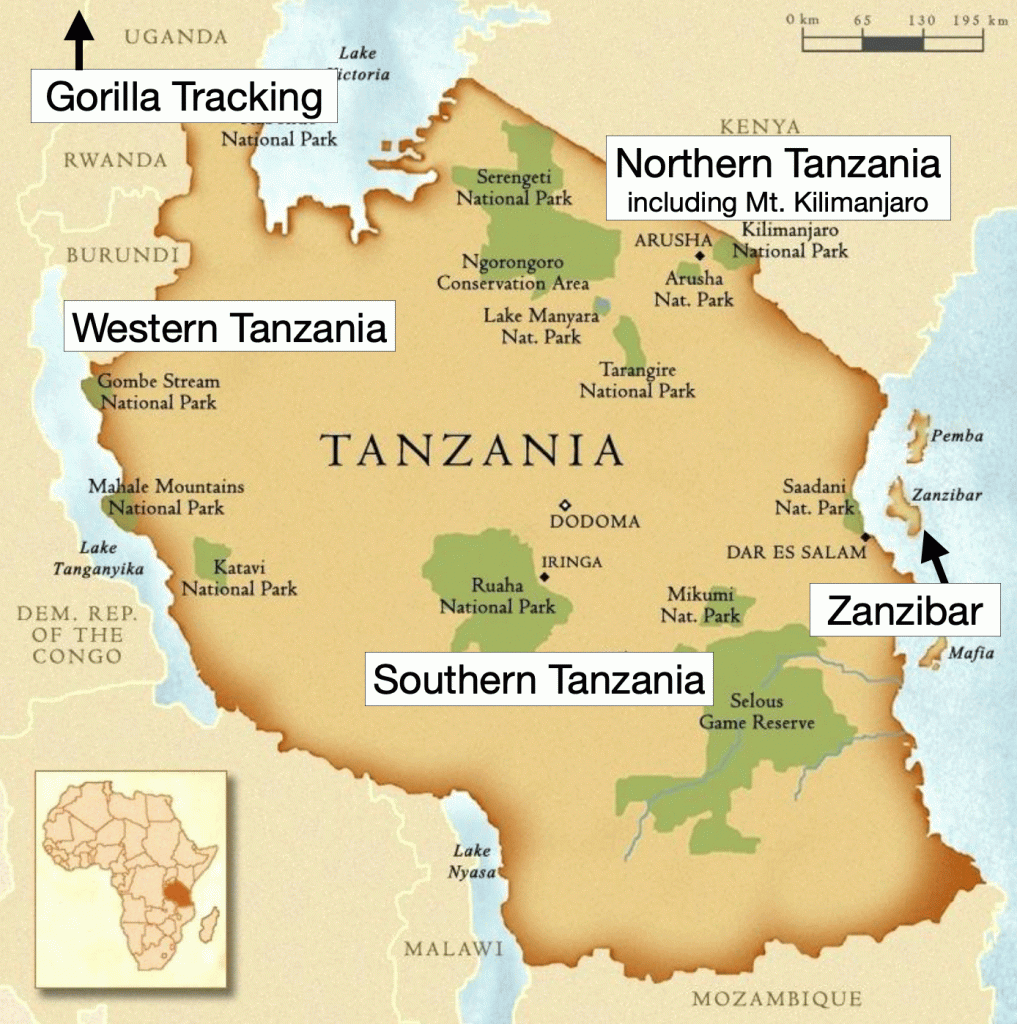

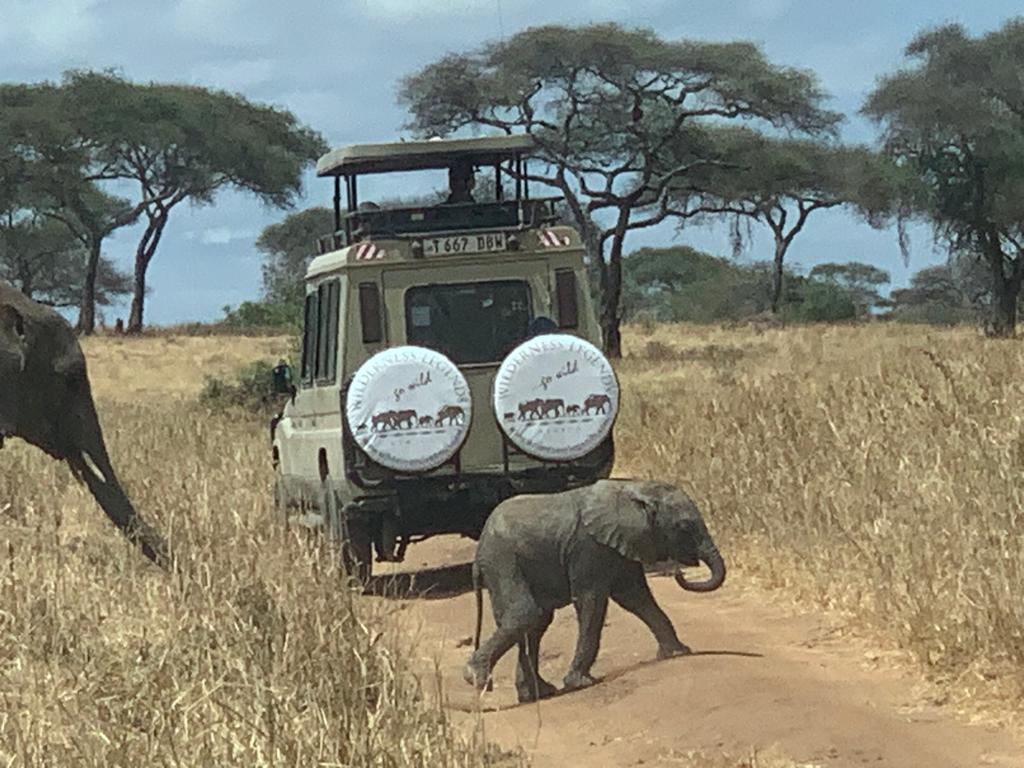
The Western Tanzania safari takes you to areas which are not easy to get to, but well worth the effort! These remote western national parks on the shores of Lake Tanganyika provide a wild, natural location that makes this circuit one you don’t want to miss. Scheduled and chartered flights from Dar and Arusha can get you to Kigoma on the shores of Lake Victoria, and from there you will continue your onward journey by way of boat, ferry, vehicle or possibly another connecting flight. Only accessible by air and boat, Mahale and Gombe National Parks lie on the coast of Lake Tanganyika. Best known for their chimpanzee communities, they offer different and alternate primate safari experiences in Tanzania. And flights to Mpanda airport which serves the Katavi region are available if you are headed directly to that national park.
Only a few visitors who travel in Africa ever make it to Katavi National Park, perhaps the most inaccessible and unspoiled wildlife haven to visit on an untouched tour of the western Tanzania safari.
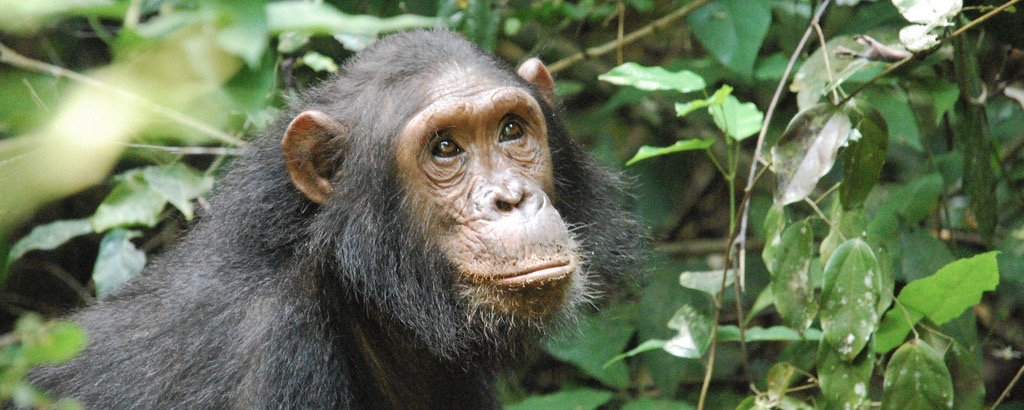
Gombe Stream National Park was made famous by the pioneering work of Jane Goodall and her monumental research on chimpanzee behaviour. In 1960, she founded a behavioural research program that now stands as the longest-running study of its kind in the world. Gombe can be reached by boat from the shores of Lake Tanganyika, the lakebed of which is the lowest point in Africa.
The smallest of Tanzania’s national parks, Gombe Stream is a fragile strip of chimpanzee habitat straddling the steep slopes and river valleys that hem in the sandy northern shore of Lake Tanganyika. Chimpanzees are probably considered the pinnacle attraction in the park, however, there are other primates calling the area home. Those include blue monkeys, olive baboons, red colobus monkeys, red-tailed monkeys, and vervet monkeys. Gombe Stream has one of the highest concentrations of primates in Africa.
The park’s 200 plus bird species range from the iconic fish eagle to the jewel-like Peter’s Twinspots. The park is comprised of grasslands, woodlands, steep valleys, and tropical rainforest. Other wildlife includes small antelope, leopard, bush pigs, hippopotami, and various reptiles and snakes. Activities for visitors include chimpanzee tracking, bird watching, primate watching, walking safaris, as well as hiking. Swimming and snorkeling can be done in Lake Tanganyika, and be sure to include a visit to the site of Henry Stanley’s famous “Dr Livingstone I presume” at Ujiji near Kigoma, along with the opportunity to watch the renowned dhow builders at work.
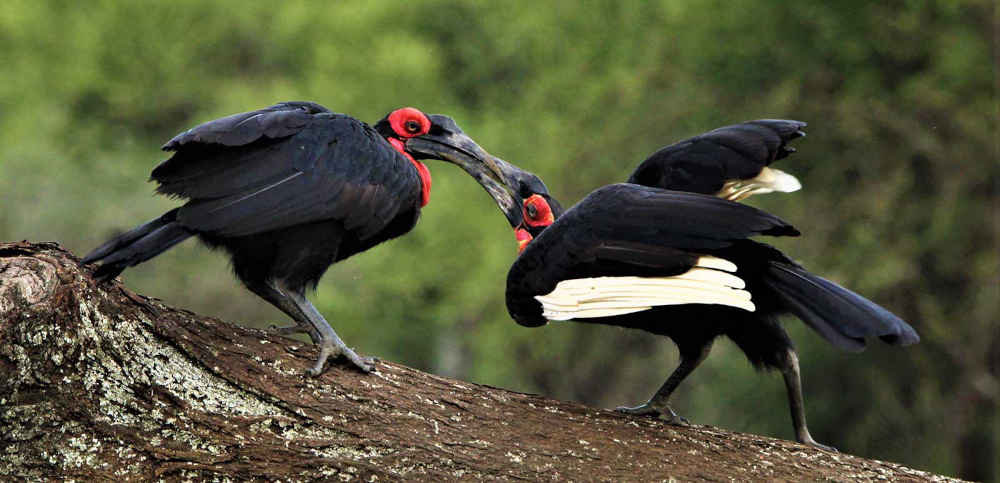
Mahale Mountain National Park is located at Ujiji, on the shores of Lake Tanganyika. The Mahale Mountains, like Gombe, are one of the last natural homes to chimpanzees and are rich in birdlife. The park is a unique ecological zone with lowland rainforest, Miombo and open woodlands, and savannah grasslands. Wildlife in the park includes primates, giraffe, buffalo, kudu, eland, sable and roan antelopes, elephant, lion and leopard. Access is by boat or plane, both of which are available for charter. There are no roads, and all game viewing is done on foot.
Set among the spectacular, forested slopes of the Mahale Mountains, this park was created to protect the thousands of chimpanzees that inhabit the region. It is renowned for its fantastic sunsets over Lake Tanganyika, which makes it an essential stop for photographers and western Tanzania safari enthusiasts. With over ninety unique species of fish swimming in the clear waters of the lake, snorkeling is also available for those that wish to explore the underwater world.
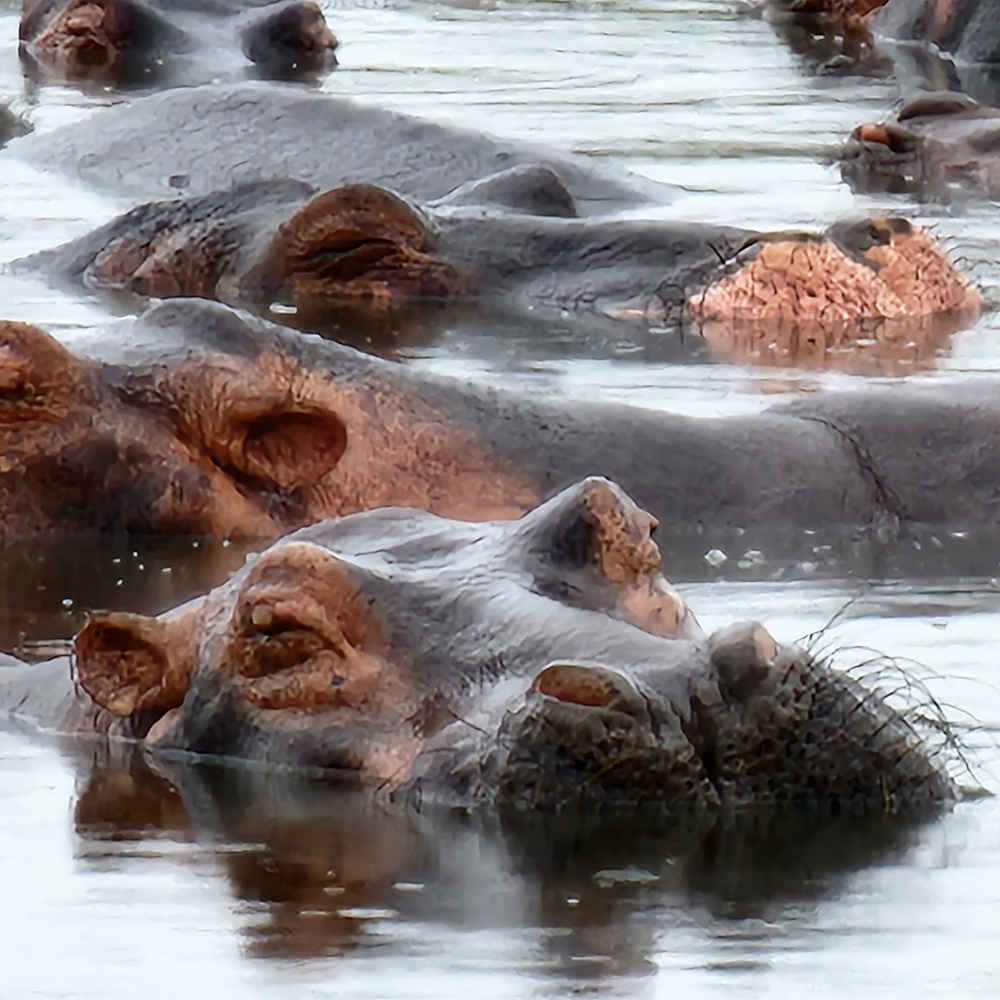
Katavi National Park is a wild, remote and difficult park to reach (strictly recommended for those with an adventurous spirit!) and lies on a high flood plain surrounding Lake Katavi, to the south of the Mahale Mountains.
Due to its remoteness, this park is less frequently visited than other Tanzanian national parks. Approximately 4,471 square kilometers (1,726 sq mi) in area, it is the third largest national park in Tanzania. The main vegetation found here is the Miombo woodland. It has a wide variety of wildlife (crocodile, hippo, leopard, lion, cheetahs, wild dogs, hyenas, roan and sable antelopes, southern reedbuck, topi, eland, giraffe, elephant), and one of the largest herds of buffalo, with as many as 1,600 animals. It offers excellent game viewing with a real wilderness atmosphere. The diverse woodland, acacia bush, lakes and swamps have attracted over 400 species of birds, including large flocks of pelicans. Other attractions are Lakes Katavi and Chada, which are joined by the River Katuma. Katavi is wild Africa at its best!
Due to the remoteness of the Western Tanzania safari, please contact us to discuss recommendations on how long to visit, and best time of year. Charter flights are available, and this circuit can be combined with your other travels if you are considering exploring the northern or southern circuits, too.